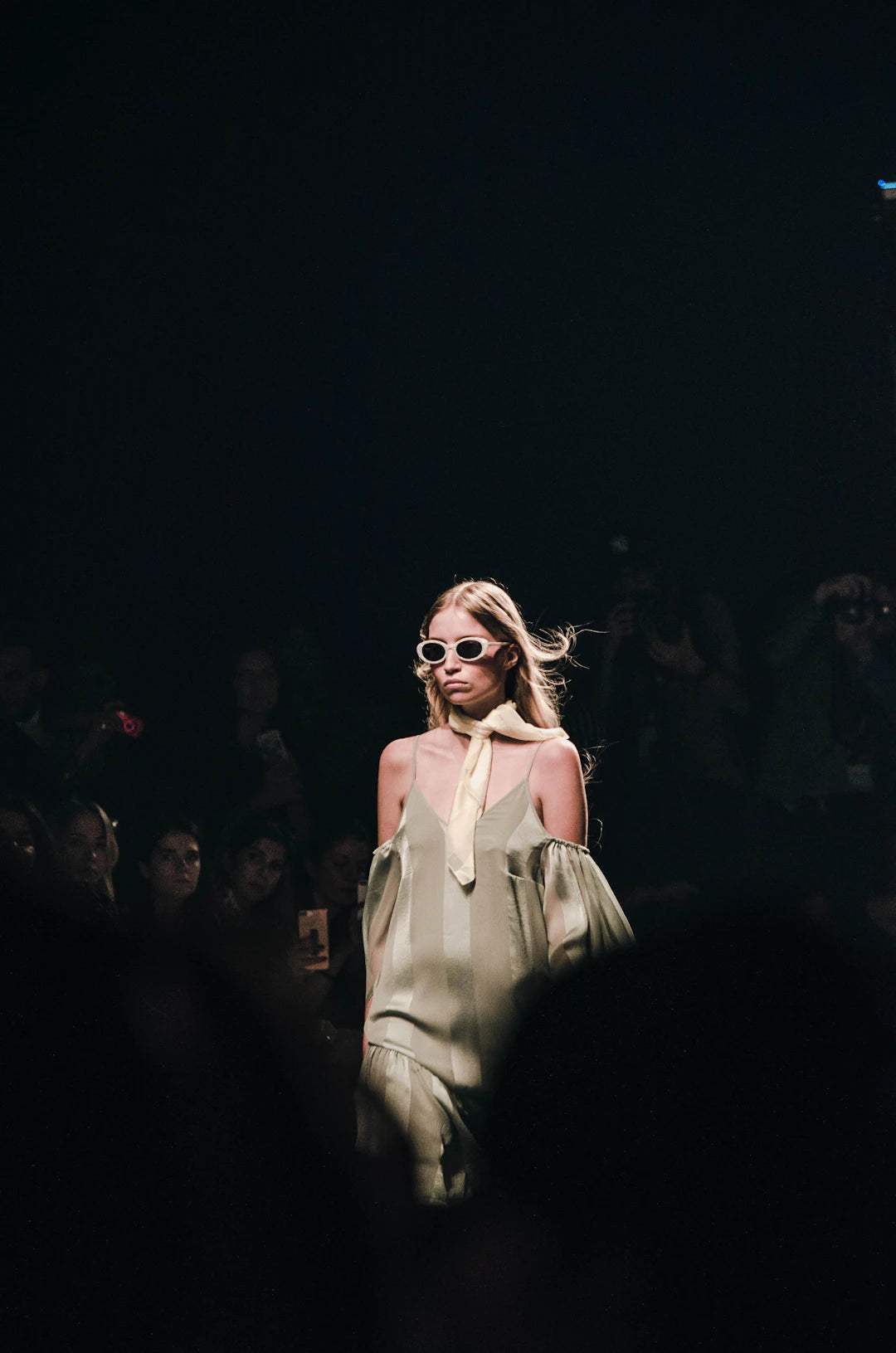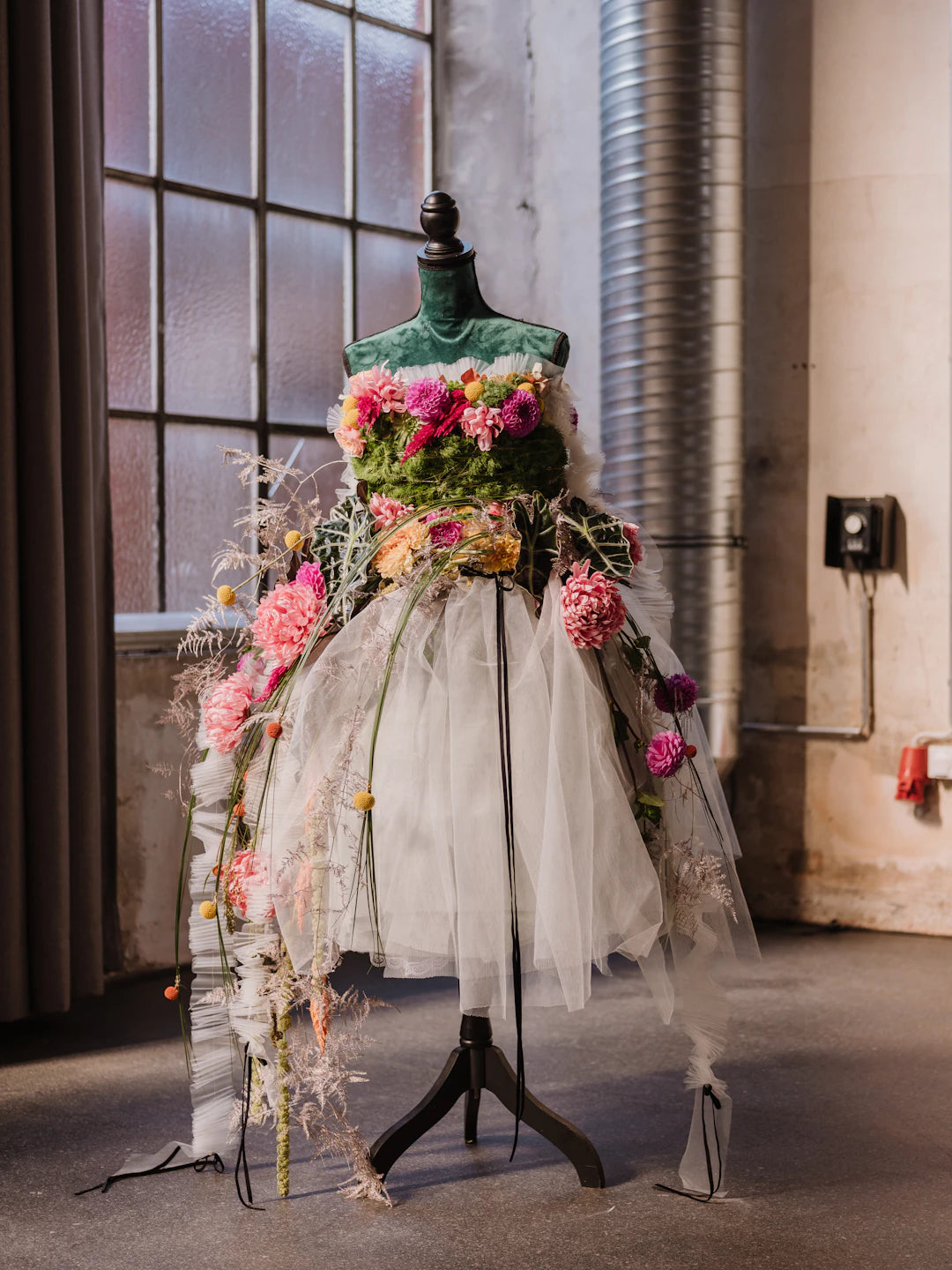In the fast-paced world of fashion design, the way you present your designs can make or break your success. Whether you’re a seasoned designer or just starting, understanding how to effectively showcase your work is crucial. In this comprehensive guide, we will explore various presentation techniques that will help you highlight your creative vision and captivate your audience. From the use of 2D mannequins to leveraging the best fashion illustration tools, we have got you covered.
Understanding the Power of Presentation
First, let’s talk about why presenting your designs correctly is vital. Your presentation is the first impression potential clients, partners, or customers will have of your work. It goes beyond just displaying images; it’s about telling a story. A well-executed presentation can communicate your aesthetic, your creative process, and your brand identity all at once.
Setting the Stage for Success
Before showcasing your designs, it’s essential to set the stage. This involves selecting the right environment and tools to display your works effectively. Here are some key factors to consider:
- Environment: Choose a clean, uncluttered background that highlights your designs without distraction.
- Lighting: Utilize good lighting to enhance the colors and details of your designs. Natural light can work wonders.
- Texture: Incorporate different textures to add depth to your presentation, making it more visually appealing.
Utilizing 2D Mannequins for a Dynamic Display
One of the most effective presentation techniques involves the use of 2D mannequins. These mannequins allow designers to effectively showcase their patterns, colors, and styles in an engaging way. Here’s how you can maximize their use:
Creating Context with 2D Mannequins
Integrating 2D mannequins into your presentations offers a unique perspective. By digitally dressing these mannequins in your designs, you can create a lifelike impression of how the garments will look in reality. Make sure to:
- Choose mannequins that represent a range of body types, appealing to a broader audience.
- Experiment with poses to convey movement and flow.
- Design different outfits and styles to see what best suits your designs.
Highlighting Textiles and Details
When using 2D mannequins, it’s crucial to focus on the textile choice and finer details. This visual representation should mirror the actual fabric and structural elements of your designs. Use high-quality images of your textiles and textures, pairing them with your mannequins for an authentic atmosphere.
Fashion Illustration Tools: Your Best Friends
In conjunction with 2D mannequins, fashion illustration tools play a vital role in presenting your designs. These tools can elevate your digital sketches and reinforce the narrative behind your collection. Here are some popular tools to consider:
- Procreate: This powerful app allows for detailed illustrations that can bring your designs to life.
- Adobe Illustrator: Great for creating vector art and technical sketches that require precision.
- Sketchbook: Perfect for quick drafts and brainstorming your ideas on the go.
Dynamic Presentations Using Fashion Illustration Tools
By leveraging fashion illustration tools, you can elevate your designs beyond traditional sketches. Here’s how:
- Utilize layers to experiment with different color palettes and patterns.
- Incorporate textures and shading to give depth to your illustrations.
- Share video tutorials of your design process to engage your audience further.
Interactive and Engaging Presentations
In today’s digital age, interactivity can significantly amplify the impact of your design presentations. Consider these approaches to create an engaging experience for your audience:
Creating Virtual Lookbooks
A virtual lookbook is an interactive platform where potential clients can explore your designs in-depth. These can be balanced with high-resolution images and 2D mannequins to allow users to view the designs from different angles. Here are some tips for creating a fantastic virtual lookbook:
- Use a responsive design that adjusts for mobile users.
- Incorporate clickable hotspots that provide additional information on materials and techniques.
- Include links to related products or past collections to maintain audience engagement.
Leveraging Social Media Platforms
Social media offers a unique opportunity to showcase your designs creatively. Platforms like Instagram and Pinterest are ideal to reflect your style and aesthetic, while also reaching a broader audience. Consider:
- Utilizing carousel posts to showcase various angles and details of a design.
- Engaging your audience through polls or questions about their favorite pieces.
- Sharing behind-the-scenes content to humanize your brand and foster a connection.
The Importance of Storytelling
When showcasing your designs, your narrative plays a vital role. Telling your story can create a deeper connection with your audience. Here are some storytelling techniques to integrate into your presentations:
Incorporating Personal Touches
Include anecdotes or the inspiration behind your designs. Sharing personal experiences can make your creative process relatable and engaging. Illustrate how you arrived at your design concepts, and invite your audience to walk in your shoes.
Creating Thematic Presentations
When presenting your designs, consider developing a theme that resonates with your audience. This could be inspired by various sources like nature, historical eras, or social movements. By honing in on a consistent theme, you enable your audience to emotionally connect with your designs, enriching the overall experience.
Maximizing Feedback and Iteration
An effective way to sharpen your design presentation is through feedback. Opening up your work for critique can yield invaluable insights. Here are approaches to gather feedback efficiently:
- Surveys: Create simple surveys on your website or social media platforms to ask for opinions on specific designs.
- Focus Groups: Invite a select group to discuss your work and evaluate it before you majorly release it to your audience.
- Live Feedback Sessions: Host live streams where viewers can give instant feedback while you present your designs.
Blending Digital and Physical Realities
In a world of evolving technology, blending the digital with the physical is imperative. Consider creating presentations that capture both realms:
Augmented Reality Experiences
Augmented reality (AR) technology can help users visualize your designs in real-world settings. By using AR apps, potential clients can see how a piece would look when worn, vastly enhancing their shopping experience. This not only showcases your designs but also elevates your brand image.
Pop-Up Events and Collaborations
Consider organizing pop-up events where visitors can interact with your designs firsthand. Collaborate with local influencers or artists to create a buzz around your collection and present your work in a collaborative environment.
Final Thoughts: The Art of Presentation in Fashion Design
Showcasing your designs effectively requires creativity, foresight, and a clear understanding of your audience’s desires. By utilizing techniques like 2D mannequins for lifelike presentations, embracing fashion illustration tools, and harnessing the power of storytelling, you can create memorable presentations that captivate and inspire. So get ready to put your designs in the spotlight and take your fashion business to the next level!





Leave a comment
This site is protected by hCaptcha and the hCaptcha Privacy Policy and Terms of Service apply.